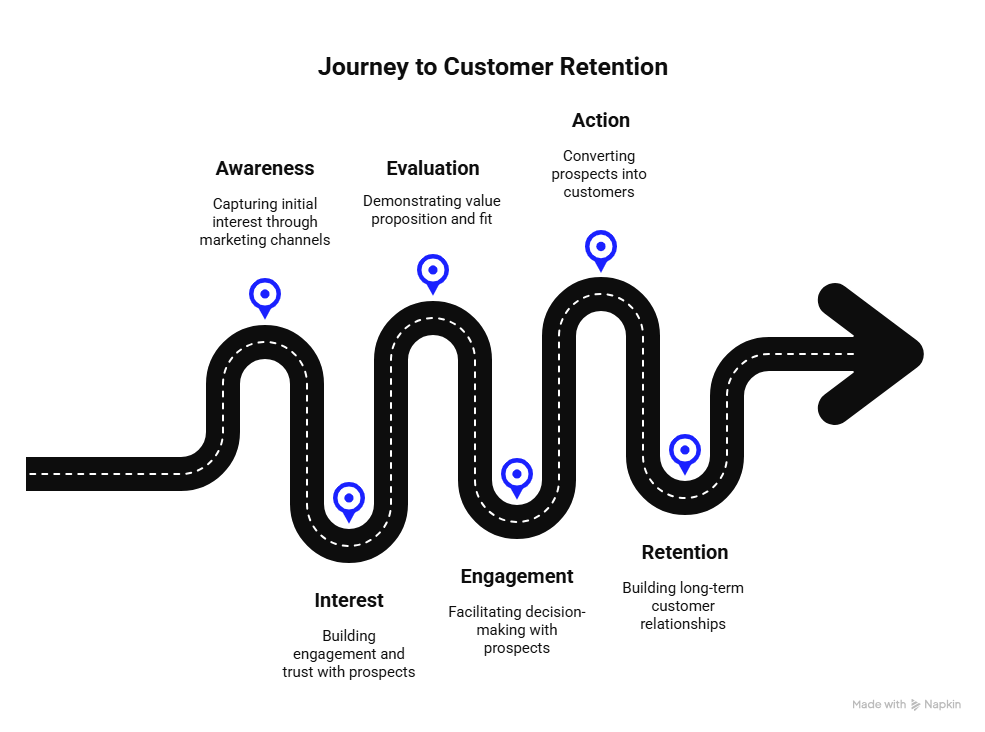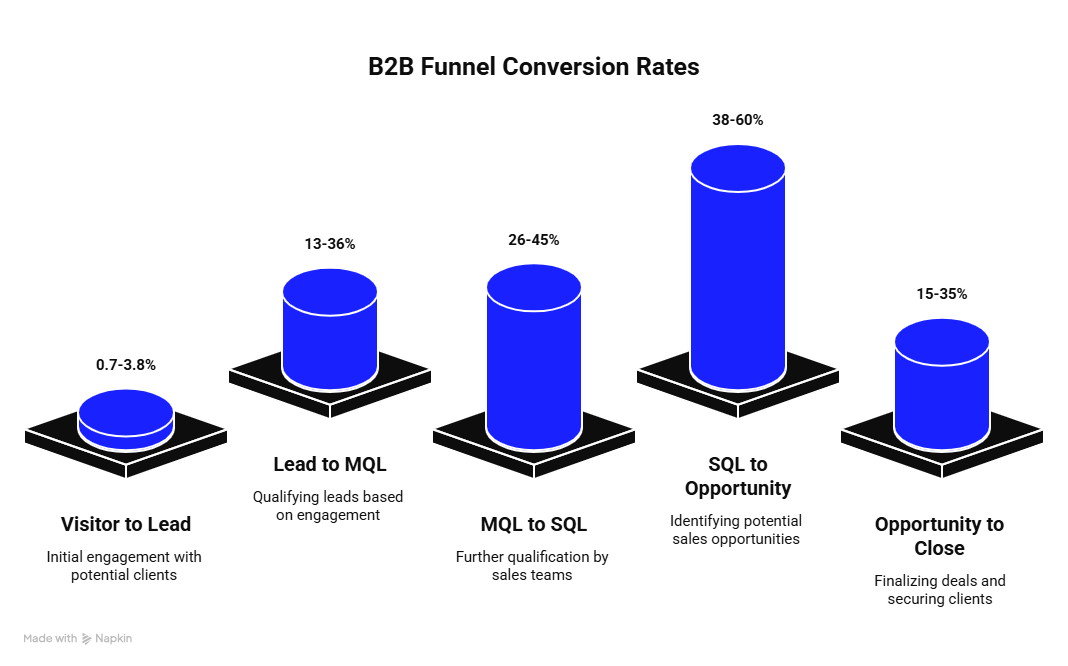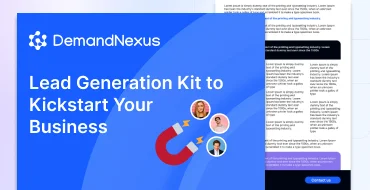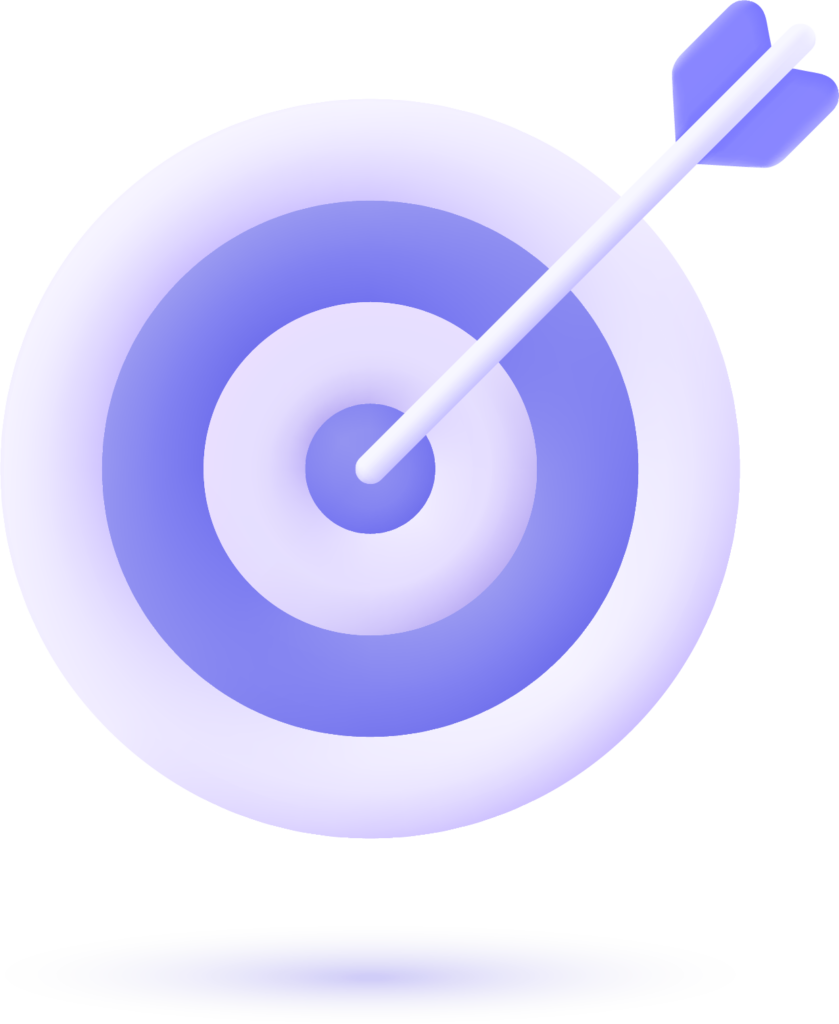Understanding the Sales Funnel Framework
A sales funnel represents the systematic process that guides potential customers through their buying journey, from the moment they become aware of your brand to the point where they make a purchase decision. This structured approach enables businesses to track prospect behavior, identify conversion bottlenecks, and optimize each touchpoint for maximum revenue impact.
The funnel metaphor accurately describes how large numbers of prospects enter at the top, with fewer qualified leads progressing through each subsequent stage. Marketing teams focus on filling the top of the funnel with quality prospects, while sales teams concentrate on converting qualified leads into paying customers. This division of responsibility creates a more streamlined approach to revenue generation.
Modern sales funnels extend beyond the traditional purchase point to include retention and advocacy stages. This expanded view recognizes that existing customers represent the most valuable source of future revenue through renewals, upsells, and referrals. Companies that prioritize post-purchase funnel optimization often see customer lifetime values increase by 25-35%.
Digital transformation has fundamentally changed how prospects move through sales funnels. Today’s buyers conduct extensive research independently, often completing 70% of their buying journey before engaging with sales representatives. This shift requires businesses to create content-rich funnels that educate prospects and build trust throughout the customer journey.
The Six Essential Stages of an Effective Sales Funnel
Stage 1: Awareness – Capturing Initial Interest
The awareness stage marks the beginning of your prospect’s journey, where they first discover your brand through various marketing channels. Successful awareness campaigns combine organic content marketing, paid advertising, social media engagement, and strategic partnerships to maximize reach among your target audience.
Content marketing plays a crucial role in awareness generation, with blog posts, whitepapers, and educational resources serving as entry points for potential customers. Search engine optimization ensures your content appears when prospects search for solutions to their business challenges. Social media platforms enable businesses to engage with prospects in natural, conversational environments.
Paid advertising campaigns can accelerate awareness building, particularly when targeting specific demographic and psychographic segments. Account-based marketing approaches focus awareness efforts on high-value prospects, creating personalized experiences that resonate with key decision-makers. B2B demand generation strategies combine multiple awareness tactics to create comprehensive market penetration.
Lead magnets serve as bridges between awareness and interest, offering valuable resources in exchange for contact information. Effective lead magnets address specific pain points your prospects face, positioning your brand as a trusted advisor rather than just another vendor seeking their business.
Stage 2: Interest – Building Engagement and Trust
Once prospects enter your funnel, the interest stage focuses on nurturing their curiosity and building meaningful relationships. Email marketing sequences deliver targeted content that addresses specific challenges and demonstrates your expertise in solving their problems.
Marketing automation platforms enable personalized communication at scale, ensuring each prospect receives relevant content based on their behavior and preferences. Lead scoring systems help identify prospects showing higher levels of engagement, allowing sales teams to prioritize their outreach efforts effectively.
Content variety becomes critical during the interest stage, with case studies, industry reports, webinars, and video content providing multiple touchpoints for engagement. Lead nurturing strategies create systematic approaches to maintaining prospect interest while providing value at every interaction.
Social proof elements, including customer testimonials and industry recognition, build credibility and trust. Prospects need assurance that your solution delivers real results for businesses similar to theirs. Regular communication through newsletters and educational content keeps your brand top-of-mind as prospects continue their research process.
Stage 3: Evaluation – Demonstrating Value Proposition
The evaluation stage represents a critical turning point where prospects actively compare solutions and assess their fit for their specific needs. During this phase, detailed product information, competitive comparisons, and proof of concept demonstrations become essential for maintaining momentum.
Technical documentation and detailed feature explanations help prospects understand how your solution addresses their specific requirements. ROI calculators and business case templates enable prospects to quantify the potential value of implementing your solution within their organization.
Interactive demonstrations and trial periods allow prospects to experience your product firsthand, reducing perceived risk and building confidence in their eventual purchase decision. Sales development representatives play crucial roles during evaluation, providing expert guidance and answering technical questions that arise during the assessment process.
Proposal development becomes increasingly important as prospects narrow their options. Customized proposals that address specific business challenges and include clear implementation timelines demonstrate your commitment to their success.
Stage 4: Engagement – Facilitating Decision-Making
The engagement stage involves direct interaction between your sales team and qualified prospects who have demonstrated serious purchase intent. Sales representatives focus on understanding prospect requirements, presenting tailored solutions, and addressing any remaining objections or concerns.
Discovery calls uncover the prospect’s specific pain points, budget parameters, decision-making process, and timeline for implementation. Effective sales prospecting techniques help representatives ask the right questions and gather the information needed to present compelling solutions.
Customized demonstrations showcase how your product solves the prospect’s unique challenges, with scenarios and use cases that reflect their actual business environment. Follow-up communication maintains momentum between meetings and provides additional resources that support the decision-making process.
Stakeholder engagement becomes crucial during this stage, as B2B purchases typically involve multiple decision-makers. Sales representatives must identify all influential parties and ensure each stakeholder receives information relevant to their specific concerns and priorities.
Stage 5: Action – Converting Prospects to Customers
The action stage culminates in the prospect’s decision to purchase your product or service. Clear pricing information, flexible contract terms, and streamlined purchasing processes reduce friction and accelerate deal closure.
Proposal presentations should clearly articulate the value proposition, implementation timeline, and expected outcomes. Sales representatives must be prepared to address final objections and negotiate terms that satisfy both parties while protecting profit margins.
Contract negotiation requires balance between meeting prospect expectations and maintaining favorable terms for your business. Legal and procurement teams often become involved during this stage, requiring sales representatives to coordinate multiple stakeholders throughout the closing process.
Payment processing and contract execution should be as frictionless as possible, with electronic signatures and automated billing systems reducing delays that could derail completed sales.
Stage 6: Retention – Building Long-Term Customer Relationships
The retention stage begins immediately after purchase and focuses on ensuring customer success while identifying opportunities for expansion. Customer onboarding programs help new clients realize value quickly, reducing churn risk and building foundation for long-term relationships.

Regular check-ins and customer success management proactively address any challenges that arise during implementation and ongoing usage. SaaS marketing funnels particularly benefit from strong retention strategies, as subscription-based business models depend on long-term customer relationships for profitability.
Upselling and cross-selling opportunities emerge naturally as customers realize value from their initial purchase. Customer advocacy programs encourage satisfied clients to provide testimonials, case studies, and referrals that fuel future funnel performance.
B2B Sales Funnel Characteristics and Benchmarks
B2B sales funnels differ significantly from their B2C counterparts due to longer sales cycles, multiple decision-makers, and higher transaction values. Understanding these differences enables businesses to design funnels that align with B2B buyer behavior and expectations.
Key B2B Funnel Conversion Benchmarks:
| Stage | Conversion Rate | Industry Variance |
|---|---|---|
| Visitor to Lead | 0.7% – 3.8% | SaaS: 3.8%, Professional Services: 6.2% |
| Lead to MQL | 13% – 36% | Varies by lead quality and scoring criteria |
| MQL to SQL | 26% – 45% | Depends on qualification processes |
| SQL to Opportunity | 38% – 60% | Higher for enterprise segments |
| Opportunity to Close | 15% – 35% | Varies significantly by deal size |
B2B funnels typically require multiple touchpoints before prospects make purchase decisions, with studies showing that 80% of sales require five or more follow-up interactions. This extended engagement period necessitates sophisticated lead nurturing programs that maintain prospect interest while building trust and credibility.

The complexity of B2B decision-making processes means that sales funnels must accommodate multiple stakeholders with different priorities and concerns. Technical evaluators focus on product capabilities, financial stakeholders assess ROI and budget impact, and executive decision-makers consider strategic alignment and vendor relationships.
Content requirements for B2B funnels include detailed technical documentation, case studies, ROI analyses, and industry-specific resources that address the unique challenges faced by different business segments. Educational content often plays a more prominent role in B2B funnels, as prospects need to understand not just what your product does, but how it integrates with their existing systems and processes.
Building High-Converting Sales Funnels: A Strategic Framework
Creating effective sales funnels requires a systematic approach that aligns with your target audience’s buying behavior and business objectives. The foundation of any successful funnel begins with comprehensive market research and ideal customer profile development.
Target Audience Definition and Segmentation
Understanding your ideal customers forms the basis for all funnel optimization efforts. Detailed buyer personas should include demographic information, pain points, purchasing authority, and preferred communication channels. Account-based marketing approaches enable businesses to create highly targeted funnels for specific market segments or individual high-value prospects.
Market research reveals how your target audience currently solves the problems your product addresses, what sources they trust for information, and what factors influence their purchasing decisions. This intelligence informs content creation, channel selection, and messaging strategies throughout the funnel.
Content Strategy and Lead Magnets
Content creation should align with each stage of the buyer’s journey, providing the right information at the right time to move prospects forward. Top-of-funnel content focuses on education and awareness, middle-funnel content addresses specific use cases and comparisons, and bottom-funnel content facilitates decision-making.
Lead magnets serve as entry points to your funnel, offering valuable resources in exchange for contact information. Effective lead magnets solve immediate problems for your target audience while positioning your brand as a trusted expert. Examples include:
- Industry-specific templates and tools
- Research reports and benchmark studies
- Educational webinars and masterclasses
- Free trials and product demonstrations
- Assessment tools and calculators
Technology Stack and Automation
Modern sales funnels rely on integrated technology platforms that enable automation, personalization, and measurement. Customer relationship management (CRM) systems serve as the central hub for prospect and customer data, while marketing automation platforms orchestrate multi-channel communication sequences.
Email marketing automation enables personalized nurturing campaigns that adapt based on prospect behavior and engagement levels. Lead scoring algorithms identify prospects showing high purchase intent, allowing sales teams to prioritize their outreach efforts more effectively.
Analytics and reporting tools provide insights into funnel performance, conversion rates, and optimization opportunities. Demand generation metrics help marketing teams measure the effectiveness of their funnel-filling activities and adjust strategies based on performance data.
Essential Sales Funnel Metrics and KPIs
Measuring sales funnel performance requires tracking metrics at each stage to identify bottlenecks and optimization opportunities. Key performance indicators should align with business objectives while providing actionable insights for improvement.
Top-of-Funnel Metrics
Website traffic volume and quality indicate the effectiveness of your awareness and lead generation efforts. Organic search traffic demonstrates content marketing success, while paid traffic metrics reveal the efficiency of advertising campaigns. Conversion rates from visitor to lead show how well your website and lead magnets resonate with your target audience.
Cost per lead (CPL) measures the efficiency of your lead generation activities across different channels. This metric helps allocate marketing budgets to the most effective sources of qualified prospects.
Mid-Funnel Metrics
Lead qualification rates show how well your lead generation efforts attract prospects who match your ideal customer profile. Marketing qualified lead (MQL) to sales qualified lead (SQL) conversion rates indicate the effectiveness of your nurturing programs and lead scoring criteria.
Email engagement metrics, including open rates, click-through rates, and unsubscribe rates, provide insights into content relevance and audience interest levels. SaaS lead generation strategies particularly benefit from detailed email performance analysis.
Bottom-of-Funnel Metrics
Sales velocity measures how quickly prospects move through your sales process, while deal win rates indicate the effectiveness of your sales team and proposal processes. Average deal size and sales cycle length provide insights into sales efficiency and revenue predictability.
Customer acquisition cost (CAC) compared to customer lifetime value (CLV) determines the long-term profitability of your funnel investments. This ratio helps guide decisions about marketing spend and sales resource allocation.
Retention and Expansion Metrics
Customer churn rates indicate satisfaction levels and product-market fit, while expansion revenue from existing customers shows the health of your customer success programs. Net promoter scores (NPS) measure customer advocacy and predict future referral potential.
Monthly recurring revenue (MRR) growth and customer lifetime value trends provide insights into the long-term success of your retention strategies and business model sustainability.
Case Study: DemandNexus Transforms B2B Lead Generation
Challenge:
A growing SaaS company struggled with inconsistent lead quality and low conversion rates throughout their sales funnel. Despite significant investment in digital marketing, the company generated numerous leads that failed to convert into qualified opportunities, resulting in wasted sales resources and missed revenue targets.
Solution:
DemandNexus implemented a comprehensive funnel optimization strategy that included:
- Ideal customer profile refinement based on existing customer analysis
- Lead scoring algorithm development to identify high-intent prospects
- Multi-channel nurturing campaigns with personalized content
- Sales and marketing alignment processes for smoother handoffs
- Advanced analytics implementation for performance monitoring
Implementation Process:
The engagement began with thorough analysis of the client’s existing funnel performance, identifying specific bottlenecks where prospects were dropping out. DemandNexus discovered that the client’s broad targeting approach was attracting prospects outside their ideal customer profile, while their generic nurturing sequences failed to address specific industry challenges.
Our team developed industry-specific lead magnets and nurturing sequences that resonated with the client’s target market. We implemented lead scoring based on behavioral data and demographic fit, ensuring sales representatives focused their efforts on prospects most likely to convert.
Results Achieved:
Within six months of implementation, the client experienced remarkable improvements across their entire sales funnel:
- 180% increase in marketing qualified leads (MQLs)
- 65% improvement in MQL to SQL conversion rates
- 40% reduction in sales cycle length
- 220% increase in monthly recurring revenue from new customers
- 150% improvement in customer acquisition cost efficiency
The success of this engagement demonstrates how strategic funnel optimization can transform business performance. By focusing on quality over quantity and aligning sales and marketing efforts, businesses can achieve sustainable growth while improving resource efficiency.
Overcoming Common Sales Funnel Challenges
Lead Quality vs. Quantity Balance
Many businesses struggle with the tension between generating large numbers of leads and ensuring those leads represent genuine sales opportunities. This challenge often stems from misaligned marketing campaigns that prioritize volume over relevance.
The solution involves implementing robust lead qualification processes that filter prospects based on demographic fit, behavioral indicators, and stated needs. Marketing teams should focus on attracting fewer, higher-quality prospects rather than casting wide nets that capture unqualified traffic.
Sales and Marketing Alignment
Disconnect between sales and marketing teams creates friction points where qualified leads fall through the cracks or receive inconsistent messaging. This misalignment often results from unclear handoff processes and different definitions of qualified leads.
Regular communication between teams, shared metrics and goals, and clear service level agreements help maintain alignment. Both teams should participate in ideal customer profile development and agree on lead qualification criteria.
Technology Integration and Data Management
Fragmented technology stacks create data silos that prevent comprehensive prospect tracking and personalization. Multiple platforms that don’t communicate effectively result in duplicate efforts and missed opportunities for engagement.
Strategies to shorten sales cycles often involve streamlining technology stacks and ensuring seamless data flow between marketing automation, CRM, and sales enablement platforms.
Content Creation and Personalization
Creating sufficient content to support prospects throughout their entire journey requires significant resources and strategic planning. Generic content fails to resonate with specific audience segments, while highly personalized content is resource-intensive to produce.
Content frameworks and templates enable teams to create personalized content more efficiently, while repurposing strategies help maximize the value of each piece of content across multiple channels and audience segments.
Advanced Funnel Optimization Strategies
Account-Based Marketing Integration
Account-based marketing (ABM) approaches enable businesses to create highly targeted funnels for specific high-value prospects or market segments. This strategy involves developing customized content, messaging, and outreach sequences for individual accounts or account clusters.
ABM funnels typically show higher conversion rates and shorter sales cycles due to their personalized approach, though they require more resources to execute effectively. The strategy works particularly well for enterprise B2B companies targeting complex, high-value opportunities.
Artificial Intelligence and Predictive Analytics
Machine learning algorithms can analyze prospect behavior patterns to predict likelihood of conversion and identify optimal timing for sales outreach. Predictive lead scoring models become more accurate over time as they process larger datasets.
Chatbots and conversational marketing tools enable real-time prospect engagement while gathering qualification information that informs nurturing strategies. These technologies help scale personalized interactions without proportional increases in human resources.
Multi-Channel Integration and Attribution
Modern prospects interact with brands across multiple channels throughout their buying journey, making it essential to create cohesive experiences across all touchpoints. Multi-touch attribution models help businesses understand which channels and interactions contribute most to conversions.
Cross-channel data integration enables more sophisticated personalization and ensures prospects receive consistent messaging regardless of how they choose to engage with your brand.
Measuring ROI and Funnel Performance
Return on investment (ROI) calculation for sales funnels requires tracking both direct costs and opportunity costs associated with different strategies and channels. Direct costs include advertising spend, content creation, technology platforms, and personnel resources.
Opportunity costs consider the potential revenue from alternative strategies or channel investments. This analysis helps guide budget allocation decisions and strategic planning for future funnel investments.
Customer lifetime value calculations should factor in retention rates, expansion revenue potential, and referral value to accurately assess the long-term impact of funnel improvements. This comprehensive view prevents short-term optimization decisions that might harm long-term profitability.
Attribution modeling becomes particularly important for B2B companies with long sales cycles and multiple touchpoints. First-touch, last-touch, and multi-touch attribution models each provide different insights into channel effectiveness and customer journey patterns.
Future-Proofing Your Sales Funnel Strategy
Digital transformation continues to reshape buyer behavior and expectations, requiring businesses to adapt their funnel strategies accordingly. Mobile optimization becomes increasingly important as more B2B buyers conduct research and engage with vendors through mobile devices.
Privacy regulations and changing data collection practices affect how businesses can track and personalize prospect experiences. First-party data collection strategies become more valuable as third-party data sources become less reliable or available.
The rise of social selling and digital-first buying processes requires sales teams to develop new skills and adopt new tools for engaging prospects throughout the customer journey. Traditional sales approaches must evolve to meet modern buyer expectations for self-service research and digital engagement.
Sales funnels represent fundamental frameworks for driving predictable revenue growth in B2B organizations. Success requires systematic approaches to audience understanding, content creation, technology implementation, and performance measurement. Companies that master funnel optimization create competitive advantages through higher conversion rates, shorter sales cycles, and more predictable revenue streams. The key lies in continuous testing, measurement, and refinement based on prospect behavior and market feedback. As buyer behavior continues evolving, businesses must remain agile in their funnel strategies while maintaining focus on delivering genuine value throughout the customer journey.
“`



